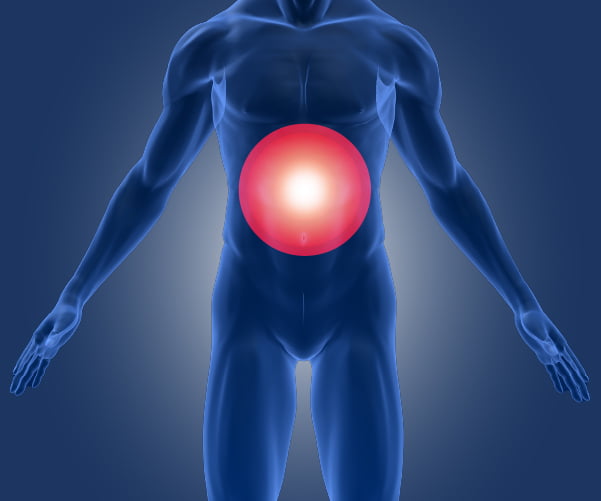What is it? Large or complex abdominal wall hernias are a challenging surgical problem. This is because traditional repair techniques do not work on them and because if these hernias are not repaired properly they are almost certain to recur and cause further problems and/or complications. Abdominal wall reconstruction is an advanced surgical procedure that aims to restore the continuity but also to maintain the normal function of the abdominal wall. It is recommended for patients with large and/or complex abdominal wall hernias and requires specialized surgical expertise.
Why it happens: Most large or complex hernias will develop in a previously operated area either for a pre-existing hernia or for any other type of abdominal surgery. Patients would typically be obese with significant comorbidities or they will have a history of multiple failed previous hernia repairs and/or a history of a previous mesh been infected. History of abdominal trauma, fistulas, stoma bags and major previous surgeries are also common.
